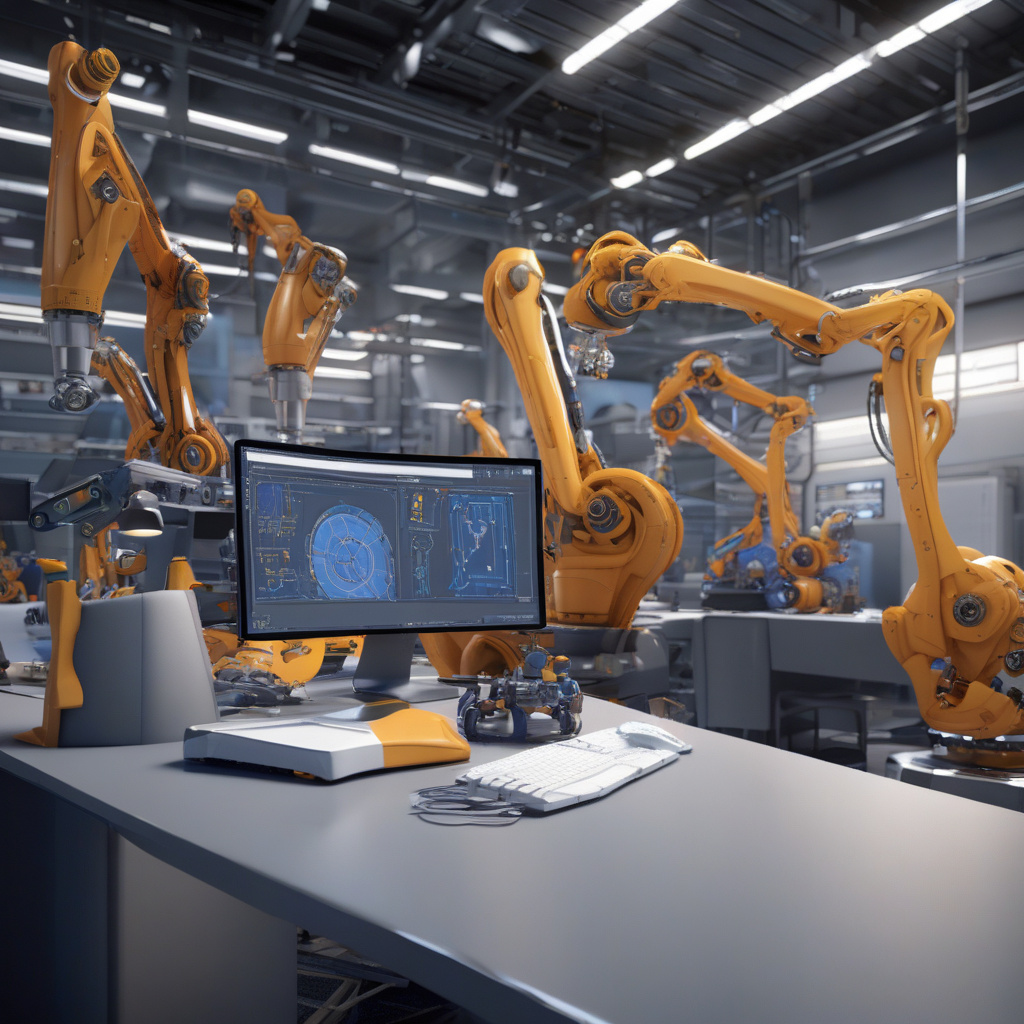In the realm of Closure Engineering, the evolution of design automation has become a game-changer. The intricacies of modern closure systems, especially in Electric Vehicles (EVs) and advanced automotive models, transcend mere aesthetics. Beyond clean geometry, these systems now demand embedded logic, constraint-driven structures, and validation-aware modeling to meet the ever-increasing standards of efficiency and performance.
CATIA V5/V6 stands out as a stalwart in the domain of 3D modeling, offering a comprehensive suite of tools for engineers. However, the true magic unfolds when CAD professionals begin to view design through the lens of coding. By leveraging VB scripting, engineers can inject design intelligence directly into their CAD models. This transformative approach empowers them to create parametric assemblies that automate intricate processes across complex mechanical structures.
The integration of parametric automation into closure engineering processes brings about a myriad of benefits. Firstly, it significantly reduces review-cycle fatigue by streamlining the design iteration process. Engineers can swiftly make adjustments to parameters, instantly visualizing the cascading effects on the entire assembly. This agility not only accelerates the design phase but also enhances accuracy by minimizing human errors.
Moreover, parametric automation serves as a guardian of design intent. By encoding logic and constraints within the CAD model, engineers ensure that every iteration adheres to the predefined specifications. This meticulous enforcement of design guidelines safeguards against deviations that could compromise the functionality or aesthetics of the closure system.
One of the most compelling advantages of embracing parametric automation is the facilitation of a traceable and simulation-ready workflow. Each design decision, parameter modification, or structural adjustment becomes a documented step in the evolution of the closure assembly. This traceability not only enhances accountability but also paves the way for seamless integration with simulation tools, enabling engineers to conduct virtual tests with confidence.
In practical terms, envision a scenario where a design change is needed to accommodate a new component within the closure system of an EV. With traditional methods, this alteration would trigger a laborious process of manual adjustments, followed by extensive reviews to ensure compatibility. In contrast, with parametric automation driven by VB scripting in CATIA, engineers can simply update the relevant parameters, allowing the design to automatically adapt while maintaining all constraints and design rules intact.
The transformative power of parametric automation in closure engineering extends far beyond efficiency gains. It nurtures a culture of innovation and exploration, empowering engineers to push the boundaries of what is achievable within the realm of design. By bridging the gap between CAD modeling and coding, this approach not only streamlines processes but also fosters a mindset of continuous improvement and creativity.
In conclusion, the fusion of CATIA’s robust 3D capabilities with VB scripting for parametric automation heralds a new era in closure engineering. By embracing this synergy, engineers can navigate the complexities of modern closure systems with agility, precision, and a relentless pursuit of excellence. As the automotive industry hurtles towards a future defined by innovation and sustainability, the role of parametric automation in shaping the next generation of closure designs cannot be overstated.

